Figures & data
Figure 1. Estimation of the energy consumption of a Google map with a satellite background (a) and that of a light mode street map (b) on a 2,340 × 1,080 pixel OLED screen.
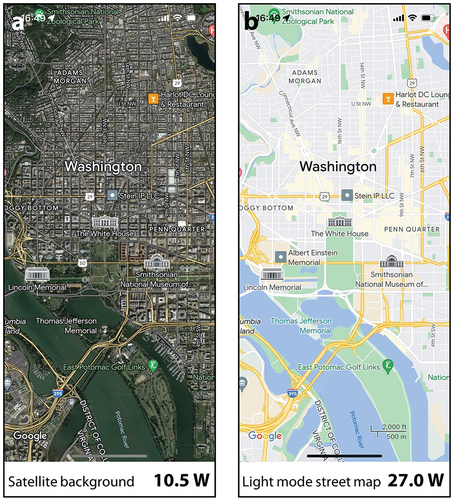
Figure 2. A conceptual framework for green cartography consisting of four dimensions: content, form, use context, and carbon footprint.
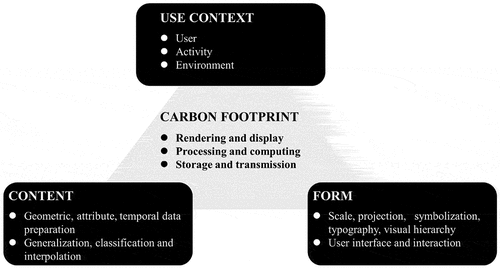
Figure 3. A comparison of the energy consumption of four map generalization operators: (a) selection; (b) simplification; (c) smoothing; and (d) aggregation.
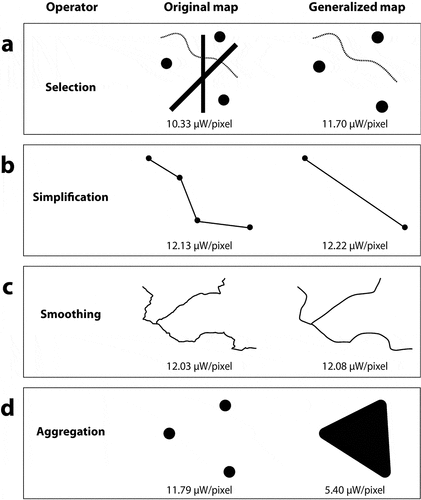
Figure 4. A comparison of the energy consumption of four common classification methods. From left to right: equal intervals, quantiles, standard deviations, and natural breaks.

Figure 5. A comparison of the energy consumption of four common interpolation methods: (a) IDW; (b) kriging; (c) natural neighbour; and (d) spline.

Figure 6. A comparison of the energy consumption of nine map projections on a simple test map with an assumed viewport (all maps are at the same cartographic scale of 1:470,000,000 and have a resolution of 1,770 × 1,600 pixels): (a) stereographic, conformal projection; (b) mercator, conformal projection; (c) hotine, conformal projection; (d) aitoff, arbitrary projection; (e) patterson, arbitrary projection; (f) robinson, arbitrary projection; (g) goode, equal-area projection; (h) behrmann, equal-area projection; and (i) sinusoidal, equal-area projection.

Figure 7. Energy consumption of nine-class colour schemes from colorbrewer.Org: (a) sequential; (b) diverging; and (c) qualitative.
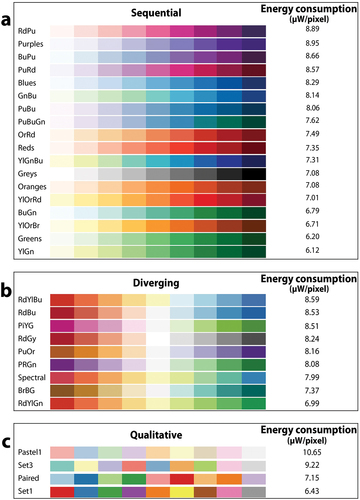
Figure 8. Estimation of the energy consumption of colours over the HSV colour space: (a) all colours; and (b) colour value and saturation transitions for sequential and diverging schemes.
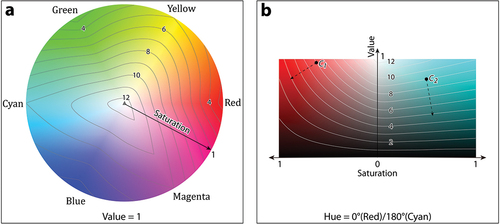
Figure 9. A comparison of the energy consumption of the three symbols at different iconicities: (a) geometric; (b) associative; (c) pictorial.

Figure 10. An estimation of energy consumption on typography with different typefaces, font sizes, and weights exhibiting low and high label densities.
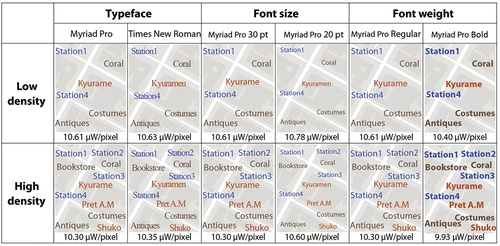
Figure 11. A comparison of the energy consumption of four types of symbolization: (a) dot density mapping; (b) proportional symbol mapping; (c) isarithmic mapping; and (d) choropleth mapping.
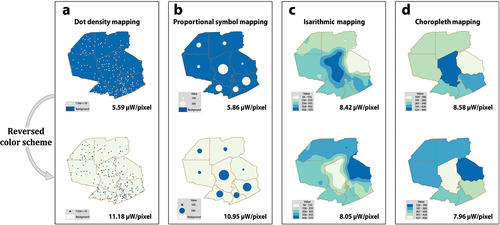
Figure 12. A comparison of the energy consumption of dark mode and light mode with the same map data and same screen setting in terms of brightness and contrast: (a) light mode; (b) dark mode.
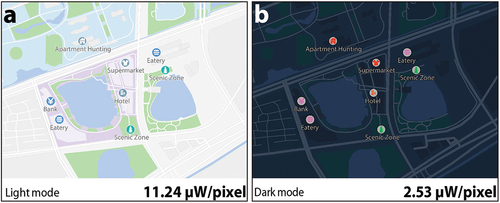
Figure 13. A comparison of the energy consumption of maps with different interfaces: searching interface (a) and (c); navigation interface (b) and (d).
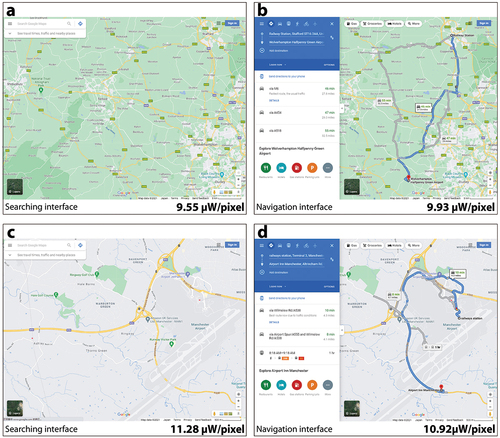
Table 1. Summary of big questions and subquestions on how digital maps can be greener.
Data availability statement
Data available upon request from the authors.
